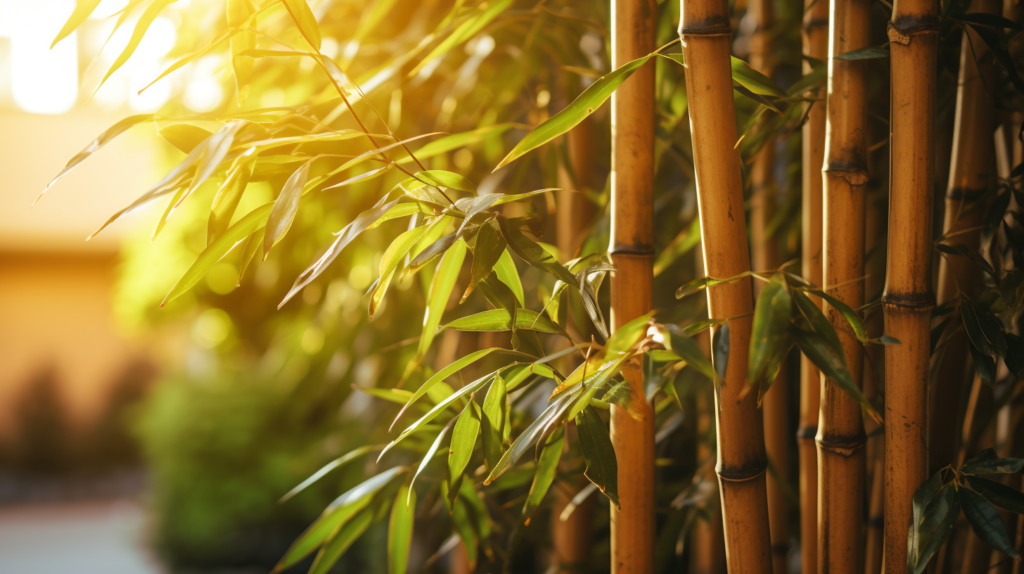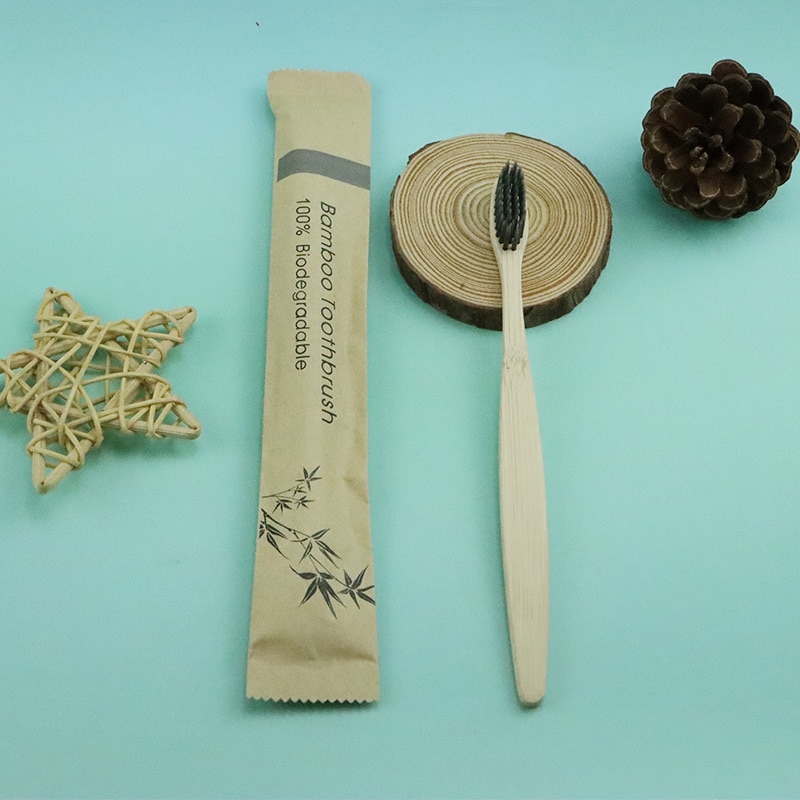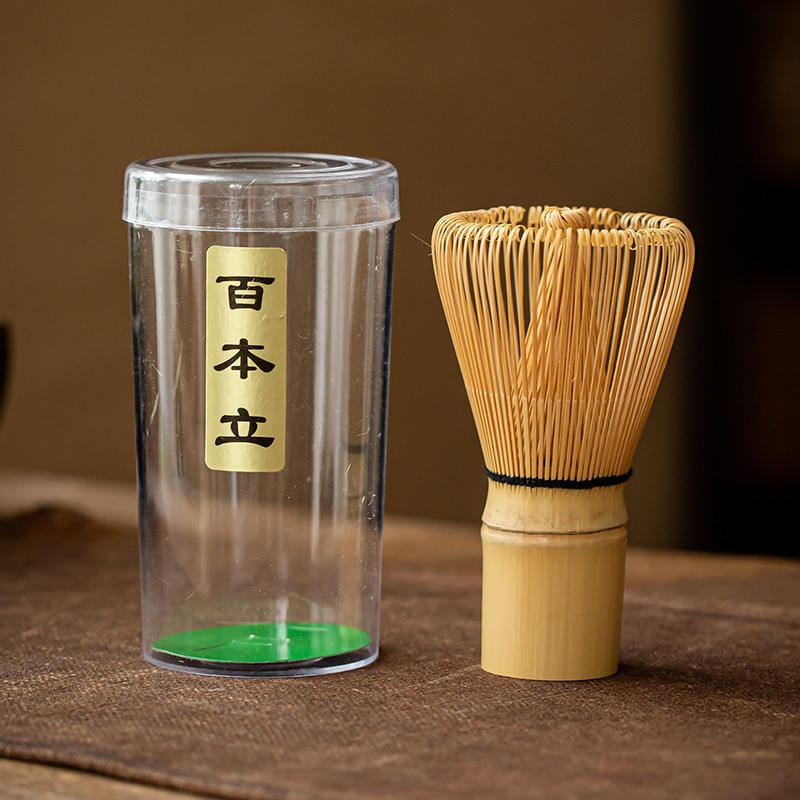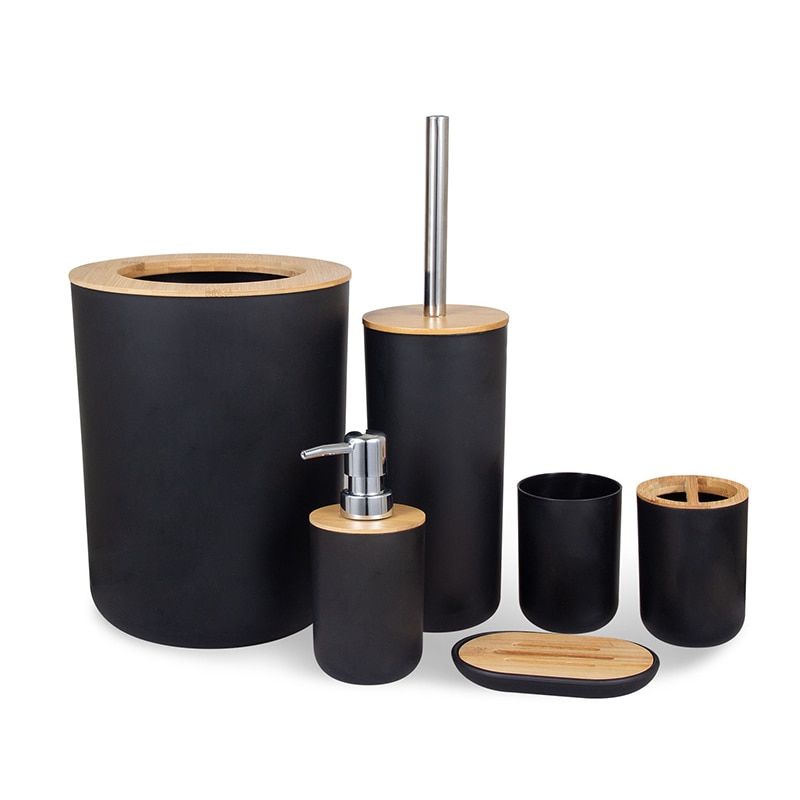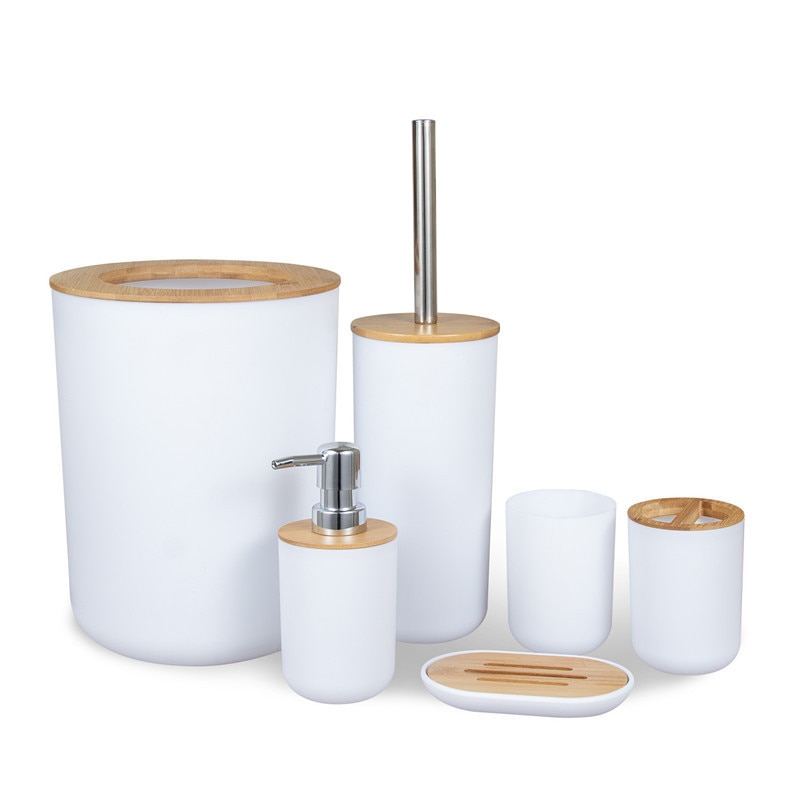Introduction to Bamboo as a Sustainable Material
The warm sun cast its golden rays over the lush landscape, where a tall and slender plant stood proudly. This plant, known as bamboo, has been an integral part of human civilization for centuries. From ancient cultures in Asia to modern-day innovations, bamboo has proven its versatility and sustainability time and time again.
In the pages that follow, we will delve into the wonders of this remarkable material and explore Bamboo as a Sutanable Material for our ever-growing needs. But first, let us take a step back in time to understand the rich history that surrounds bamboo.
For thousands of years, Bamboo as a Sutanable Material has been deeply rooted in diverse cultures across the globe. In China, it symbolizes strength and resilience, while in Japan it embodies purity and simplicity. Its uses range from construction materials to musical instruments and even paper production. Bamboo’s ability to adapt to various environments is truly awe-inspiring.
As we venture further into this chapter, we will uncover not only the cultural significance of bamboo but also its environmental benefits. Bamboo stands tall as one of nature’s most sustainable resources due to its rapid growth rate and minimal impact on surrounding ecosystems.
Picture an expansive field covered in vibrant green hues – this is where bamboo thrives. Unlike traditional timber species that take decades or even centuries to mature, bamboo can reach full maturity within three to five years. Its rapid growth rate makes it an excellent alternative for reducing deforestation rates while meeting our increasing demands for materials.
Moreover, Bamboo as a Sutanable Material possesses remarkable properties that aid in combating soil erosion – a growing concern worldwide. Its intricate root system acts as a natural barrier against erosion by holding soil together with unwavering strength.
But perhaps one of the most impressive environmental benefits of Bamboo as a Sutanable Material lies within bamboo’s ability to sequester carbon dioxide from our atmosphere at an astonishing rate. As it grows rapidly, it absorbs carbon dioxide at higher levels than many other plants or trees can. By incorporating bamboo into our daily lives, we can contribute to the fight against climate change and promote a greener future.
Now that we have established the profound environmental benefits of Bamboo as a Sutanable Material, let us explore its versatility in various industries. From construction to furniture design, bamboo has proven its mettle as a reliable and durable material.
In recent years, innovative designers and architects have harnessed the potential of bamboo to create stunning structures that blend seamlessly with nature. Bamboo’s flexibility allows for unique designs that marry form and function effortlessly. Its strength-to-weight ratio surpasses that of traditional building materials like steel or concrete, making it an attractive choice for sustainable construction practices.
Beyond construction, Bamboo as a Sutanable Material has also found its way into the realm of furniture design. With its natural beauty and strength, it offers an eco-friendly alternative to conventional wood products while maintaining aesthetic appeal and longevity.
As we conclude this chapter on the introduction to Bamboo as a Sutanable Material, we stand in awe of its rich history and myriad possibilities. The future holds great promise for this humble plant as we strive towards a more sustainable world.
In the chapters ahead, we will explore in greater detail the environmental benefits of bamboo, delve into economic advantages associated with its use, address concerns surrounding misconceptions about this versatile material, and discuss strategies for implementing it into sustainable practices across industries.
Join us on this journey as we unlock the true potential of Bamboo as a Sutanable Material – a material that not only sustains us but also sustains our planet’s delicate balance.
The Versatility of Bamboo as a Sutanable Material
As we delve deeper into the world of Bamboo as a Sutanable Material, it becomes evident that this incredible plant possesses a versatility that is unmatched by many other materials. From construction to furniture, and everything in between, bamboo has proven time and again its ability to adapt and excel in various industries.
In the realm of construction, bamboo has emerged as a game-changer. Its exceptional strength-to-weight ratio makes it an ideal choice for structural elements such as beams, columns, and even entire buildings. Architects and designers have embraced this sustainable material, pushing the boundaries of what is possible with bamboo. Take the stunning Green School in Bali, for example. This architectural masterpiece showcases the immense potential of bamboo as a building material, combining beauty with sustainability in perfect harmony.
But it’s not just in construction where Bamboo as a Sutanable Material shines; its versatility extends to furniture design as well. From chairs to tables and even beds, bamboo lends itself perfectly to creating stylish yet eco-friendly pieces. Its natural grain adds a touch of elegance while its durability ensures longevity. Moreover, innovative designers are constantly pushing the boundaries of what can be achieved with this humble plant. Bamboo fibers are being woven into textiles for upholstery and clothing, creating fabrics that are not only comfortable but also sustainable.
In addition to its use in construction and furniture design, bamboo is finding its way into other industries too. In recent years, we have witnessed an explosion of innovative products made from this versatile material. Bamboo bicycles are gaining popularity due to their lightweight yet robust nature. And let’s not forget about flooring – bamboo flooring has become increasingly sought after for its aesthetic appeal and durability.
When comparing bamboo to traditional materials such as wood or steel, one must consider both durability and functionality. Contrary to popular belief that bamboo is fragile or weak compared to other materials, scientific studies have shown otherwise. In fact, certain species of bamboo possess tensile strength greater than steel! This remarkable attribute, combined with its natural resistance to pests and rot, makes bamboo an excellent choice for a wide range of applications.
The versatility of bamboo is not limited to its physical properties alone. Culturally, it has been used for centuries in various parts of the world. From traditional housing in Asia to musical instruments in South America, bamboo has found its place in the hearts and lives of people across different cultures. Its adaptability and abundance make it a sustainable material that can be sourced locally, reducing the need for long-distance transportation and minimizing carbon emissions.
The versatility of bamboo knows no bounds. From construction to furniture design and beyond, this remarkable plant has proven time and again that it can excel in various industries. Its strength, durability, and cultural significance make it an ideal choice for those seeking sustainable alternatives. As we continue our exploration into the world of bamboo as a sustainable material, we will uncover even more exciting possibilities that lie ahead. So join us on this journey as we unveil the true potential of bamboo – a material that not only sustains us but also sustains our planet.
-
Bamboo Toothbrushes 100Pcs Eco Friendly Resuable Toothbrush
8.62$ – 68.22$ Select options This product has multiple variants. The options may be chosen on the product page -
10 Pack Bamboo Toothbrush Medium Bristles Biodegradable Plastic-Free Toothbrushes Cylindrical Low Carbon Eco Bamboo Handle Brush
18.06$ Select options This product has multiple variants. The options may be chosen on the product page -
Japanese Tea Set Matcha Whisk (Chasen) Bamboo Accessories
14.10$ – 19.08$ Select options This product has multiple variants. The options may be chosen on the product page -
Bamboo Bathroom Accessories Set 6 Pieces
64.42$ Select options This product has multiple variants. The options may be chosen on the product page
Environmental Benefits of Bamboo
The world is facing an urgent need for sustainable materials that can help combat the environmental challenges we currently face. In this chapter, we will delve into the remarkable environmental benefits of bamboo, highlighting its renewable nature and ability to contribute positively to our planet.
When it comes to finding a material that can be grown sustainably and replenished quickly, bamboo stands out as a clear champion. Unlike traditional hardwood trees that take decades to mature, bamboo can reach full growth in just a few years. This rapid growth rate makes bamboo an incredibly renewable resource and reduces the pressure on natural forests.
Furthermore, bamboo plays a crucial role in combating deforestation and soil erosion. Its extensive root system helps bind soil together, preventing erosion caused by heavy rainfall or wind. By reducing soil erosion, bamboo helps maintain the health of ecosystems and protects against land degradation.
One of the most significant environmental advantages of growing bamboo lies in its ability to sequester carbon dioxide from the atmosphere. As a fast-growing plant, bamboo absorbs large amounts of carbon dioxide during photosynthesis. This means that expanding bamboo cultivation could potentially have a significant impact on reducing greenhouse gas emissions.
But it’s not just about what happens when we grow bamboo; it’s also about what happens when we use it as a material. Bamboo has proven itself capable of replacing traditional building materials like wood or concrete in many applications without sacrificing durability or functionality.
Many innovative architects and designers have embraced the versatility of this incredible plant. From sturdy flooring to beautiful furniture pieces, they have showcased how far-reaching the possibilities are with bamboo as a sustainable alternative.
Now you might be wondering about some common concerns associated with using bamboo as a sustainable material. Let’s address those misconceptions head-on.
Firstly, there is often concern about its invasiveness due to its fast growth rate. However, through proper management practices such as containment barriers or regular harvesting cycles, any potential invasiveness can be effectively controlled.
Secondly, some worry that bamboo is vulnerable to pests and diseases. While pests can indeed affect bamboo, proper cultivation techniques and regular monitoring can help prevent significant damage. Additionally, studies have shown that bamboo’s natural defenses make it more resistant to pests than other traditional materials like wood.
It is crucial to rely on scientific research and evidence when evaluating the safety and suitability of using bamboo as a sustainable material. Numerous studies have debunked these misconceptions, proving that with responsible cultivation and utilization practices, bamboo can be an excellent choice for a wide range of industries.
So how do we implement bamboo into sustainable practices? By integrating it into existing industries such as construction and textiles, we can promote sustainability while reducing reliance on non-renewable resources. Through thoughtful design and innovative thinking, we have the opportunity to revolutionize these sectors by embracing the benefits of this incredible plant.
Bamboo offers immense environmental benefits that make it a compelling choice as a sustainable material. Its renewable nature, ability to combat deforestation and soil erosion, carbon sequestration capabilities, and versatility in various industries all contribute to its potential as an alternative material.
As we move forward into the future, further research and development in utilizing bamboo hold great promise. We must continue exploring its potential applications while ensuring responsible cultivation practices are in place.
Bamboo has already proven its worth as a sustainable material; now it is up to us to embrace its full potential for the betterment of our planet. Let’s seize this opportunity together and pave the way for a more sustainable future with this remarkable plant at our side.
Economic Advantages of Using Bamboo
As we delve deeper into the world of bamboo, it becomes increasingly evident that this versatile plant holds immense potential not only as a sustainable material but also as an economic powerhouse. In this chapter, we will explore how the use of bamboo can contribute to local economies, particularly in developing countries and how Bamboo as a Sutanable Material can help. Through case studies and analysis, we will showcase successful businesses built around bamboo products and delve into the potential for job creation through the expansion of the bamboo industry.
Bamboo has long been ingrained in the cultural and economic fabric of many regions around the world. From Asia to Africa, communities have recognized the value and abundance that bamboo offers. However, it is only recently that its economic benefits have gained global attention.
One prime example can be found in Vietnam’s An Giang province. Here, a community has successfully established a thriving business centered around producing high-quality bamboo flooring. By harnessing their expertise in working with bamboo and leveraging modern technology, they have created a product that not only rivals traditional hardwood but also contributes significantly to their local economy.
Similarly, in Ecuador’s Manabí province, a cooperative has emerged that specializes in crafting intricate furniture using locally sourced bamboo. This cooperative has not only provided employment opportunities for community members but has also become an exporter of unique handcrafted pieces to international markets. The success story of this cooperative serves as an inspiration for other regions looking to leverage their natural resources sustainably.
The expansion of the bamboo industry also holds great promise for job creation. With its rapid growth rate and diverse applications ranging from construction materials to textiles, there is immense potential for skilled craftspeople and entrepreneurs to thrive within this field. By investing in training programs and supporting small-scale enterprises focused on bamboo production, governments can foster job growth while simultaneously promoting sustainable practices.
Furthermore, utilizing bamboo as a raw material presents significant cost advantages compared to traditional alternatives such as timber or plastic. Bamboo’s abundance and fast growth rate make it a cost-effective solution, particularly in regions where other resources may be scarce or expensive. This affordability extends not only to the production of goods but also to the maintenance and upkeep of bamboo-based infrastructure.
The economic benefits of Bamboo as a Sutanable Material extend beyond local economies. As global demand for sustainable materials continues to rise, countries with abundant bamboo resources have the opportunity to position themselves as leaders in the industry. By investing in research and development, fostering innovation, and establishing international partnerships, these nations can tap into a lucrative market while simultaneously promoting environmental stewardship.
The economic advantages of using Bamboo as a Sutanable Material are manifold. From providing employment opportunities and supporting local economies to offering cost-effective solutions for various industries, bamboo has proven itself as a sustainable material that can drive economic growth. The success stories shared in this chapter serve as a testament to its potential when harnessed responsibly. As we look towards the future, it is clear that bamboo holds immense promise not just for sustainability but also for prosperity on both local and global scales.
Addressing Concerns About Bamboo
In this chapter, we will explore and debunk common misconceptions about using Bamboo as a Sutanable Material. Despite its numerous environmental benefits, there are concerns regarding its invasiveness and vulnerability to pests. However, scientific studies have provided evidence for the safety, suitability, and environmental advantages of bamboo. Let’s delve into these concerns and separate fact from fiction.
The Myth of Invasiveness:
One prevalent misconception about bamboo is that it is invasive and uncontrollable. People often associate bamboo with rapidly spreading species that can take over gardens and landscapes. While it is true that certain types of bamboo can be vigorous growers, not all varieties exhibit the same behavior. In fact, there are clumping bamboos that grow in tight clusters without spreading uncontrollably.
Scientific studies conducted by botanists have shown that the spread of running bamboos can be managed through proper containment techniques such as root barriers or regular maintenance. By understanding the specific characteristics of different species and implementing appropriate measures, we can enjoy the benefits of bamboo without worrying about its invasiveness.
Vulnerability to Pests:
Another concern frequently raised about bamboo is its susceptibility to pests and diseases. Some argue that widespread cultivation of bamboo could lead to devastating outbreaks that could harm ecosystems or agricultural crops nearby. However, research has demonstrated that properly managed plantations can minimize these risks.
Bamboo possesses natural defenses against pests due to its high content of silica, making it less appealing to many insects. Furthermore, regular monitoring combined with integrated pest management techniques allows for early detection and prevention of potential infestations.
Moreover, unlike traditional timber crops where entire forests are vulnerable to a single pathogen outbreak or insect infestation due to monoculture practices, diversified plantations consisting of multiple species provide a more resilient environment against such threats.
Safety Considerations :
Concerns regarding the structural integrity and safety aspects of bamboo are often raised as well. Some believe that bamboo is not as durable or fire-resistant as traditional building materials like steel or concrete. However, extensive research and real-life applications have proven otherwise.
Bamboo as a Sutanable Material has been used for centuries in various cultures for construction purposes, including the creation of sturdy bridges and buildings. Modern engineering techniques have further enhanced its strength and resilience, making it suitable for a wide range of structural applications.
Additionally, Bamboo as a Sutanable Material can be treated with non-toxic fire retardants to increase its resistance to flames. When properly designed and maintained, bamboo structures meet rigorous safety standards and regulations.
Conclusion:
In this chapter, we have addressed common concerns surrounding the use of bamboo as a sustainable material. Through scientific studies and practical examples, we have debunked misconceptions related to invasiveness, vulnerability to pests, and safety considerations.
It is crucial to base our understanding of bamboo on factual evidence rather than unsubstantiated beliefs. By embracing this remarkable plant’s versatility and environmental benefits while implementing responsible cultivation practices, we can harness its potential to revolutionize industries while minimizing our impact on the environment.
The next chapter will explore strategies for incorporating bamboo into existing industries and supply chains, ultimately promoting sustainability and reducing reliance on non-renewable resources. Hold onto your seats as we embark on an exciting journey into implementing bamboo into sustainable practices!
Implementing Bamboo as a Sutanable Material into Sustainable Practices
As we delve deeper into the potential of bamboo as a sustainable material and Bamboo as a Sutanable Material, it becomes increasingly important to explore strategies for incorporating bamboo into existing industries and supply chains. By doing so, we can promote sustainability and reduce our reliance on non-renewable resources. In this chapter, we will discuss various ways to implement bamboo in construction, textile production, and other industries.
One of the key areas where bamboo can make a significant impact is in the construction industry. Traditionally, timber has been used extensively for building purposes. However, with growing concerns about deforestation and climate change, it is crucial to find more environmentally friendly alternatives. Bamboo presents an excellent solution due to its strength and versatility.
Incorporating bamboo into construction practices requires innovative design approaches that take advantage of its unique properties. Architects and engineers have been experimenting with using bamboo as a structural material in both traditional and modern building designs. Its flexibility allows for creative shapes and forms while providing durability comparable to traditional materials.
Furthermore, using bamboo as a replacement for non-renewable resources such as steel or concrete can significantly reduce carbon emissions associated with construction projects. The manufacturing processes required for steel or concrete production release substantial amounts of greenhouse gases into the atmosphere. By shifting towards utilizing bamboo-based materials instead, we can mitigate these environmental impacts.
Textile production is another industry where implementing Bamboo as a Sutanable Material holds great potential for sustainability. Traditional textiles often rely on resource-intensive crops like cotton or synthetic fibers derived from fossil fuels. Bamboo fibers offer an eco-friendly alternative that requires fewer resources during cultivation and processing.
Bamboo fabrics are known for their softness, breathability, and moisture-wicking properties – making them ideal for clothing and bedding products. As consumers become more conscious about their environmental footprint when choosing textiles, there is a growing demand for sustainable options like bamboo-based fabrics.
To fully implement bamboo into sustainable practices within the textile industry, collaborations between bamboo farmers, textile manufacturers, and designers are essential. By establishing transparent supply chains and promoting fair trade practices, we can ensure that the benefits of bamboo reach all stakeholders involved.
Beyond construction and textiles, there are numerous other industries where bamboo can play a crucial role in promoting sustainability. From furniture production to paper manufacturing, the versatility of bamboo knows no bounds. With ongoing research and development efforts, we can unlock even more possibilities for utilizing this remarkable material.
Implementing bamboo into sustainable practices requires a collaborative effort across various industries. By embracing its unique properties and incorporating it into existing supply chains, we can reduce our reliance on non-renewable resources while promoting environmental conservation. The future potential of bamboo as a sustainable material is vast – it is up to us to harness its benefits and pave the way for a greener tomorrow.
As we conclude this chapter on implementing bamboo into sustainable practices, let us reflect upon the strides we have made in recognizing the value of this remarkable material. The journey towards a more sustainable future may seem daunting at times, but with each step forward in incorporating bamboo into our industries, we inch closer to achieving our goal. Let us continue to explore new possibilities for research and development in utilizing bamboo as a sustainable material – for it holds within it the power to transform our world for the better.
-
Bamboo Toothbrushes 100Pcs Eco Friendly Resuable Toothbrush
8.62$ – 68.22$ Select options This product has multiple variants. The options may be chosen on the product page -
10 Pack Bamboo Toothbrush Medium Bristles Biodegradable Plastic-Free Toothbrushes Cylindrical Low Carbon Eco Bamboo Handle Brush
18.06$ Select options This product has multiple variants. The options may be chosen on the product page -
Japanese Tea Set Matcha Whisk (Chasen) Bamboo Accessories
14.10$ – 19.08$ Select options This product has multiple variants. The options may be chosen on the product page -
Bamboo Bathroom Accessories Set 6 Pieces
64.42$ Select options This product has multiple variants. The options may be chosen on the product page
Conclusion: Implementing Bamboo into Sustainable Practices / Bamboo as a Sutanable Material
As we come to the final chapter of “Bamboo as a Sustainable Material,” we embark on an exploration of strategies for incorporating bamboo into existing industries and supply chains to promote sustainability and reduce reliance on non-renewable resources. The potential for bamboo to revolutionize various sectors is immense, and it is crucial that we understand how to effectively implement this versatile material.
One industry that can greatly benefit from the integration of bamboo is construction. Traditional building materials such as concrete and steel have substantial environmental impacts, from resource extraction to carbon emissions. By utilizing bamboo as an alternative, we can significantly reduce these negative effects. Building with bamboo not only offers structural strength but also provides aesthetic appeal through its natural beauty.
To successfully incorporate bamboo into construction practices, architects and engineers need to be educated about its properties and possibilities. Training programs and workshops can be organized to familiarize professionals with the techniques required for working with bamboo. Additionally, collaborations between designers, builders, and communities can lead to innovative solutions tailored specifically for different regions.
Textile production is another industry where the integration of bamboo holds immense potential. Bamboo fibers offer a sustainable alternative to traditional textiles like cotton or synthetic materials derived from fossil fuels. With its natural breathability and moisture-wicking properties, clothing made from bamboo has gained popularity in recent years.
To implement bamboo textiles on a larger scale, partnerships between fashion brands and sustainable textile manufacturers need to be established. By supporting companies that prioritize ethical sourcing practices and invest in research for efficient processing methods, consumers can contribute to driving change within the industry.
Furthermore, incorporating Bamboo as a Sutanable Material into supply chains requires attention not only at the production level but also throughout distribution channels. Collaboration between suppliers, retailers, and consumers will enable widespread access to sustainable products made from or incorporating bamboo components.
The implementation of sustainable practices relies heavily on consumer education regarding the benefits of using bamboo products. Informative campaigns highlighting its environmental advantages, such as its rapid growth and regenerative properties, can drive consumer demand. Additionally, certifications and labeling systems can help consumers make informed choices when purchasing bamboo-based products.
It is important to address any concerns or misconceptions that may hinder the widespread adoption of Bamboo as a Sutanable Material. Invasive species and vulnerability to pests are often cited as potential issues associated with bamboo. However, scientific studies have debunked these claims, proving that proper management strategies can control bamboo growth effectively.
The integration of Bamboo as a Sutanable Material into sustainable practices holds immense potential for various industries. By educating professionals, establishing partnerships, and raising consumer awareness, we can pave the way for a future where bamboo becomes a cornerstone of sustainable development. The possibilities are endless – from eco-friendly buildings to stylish clothing – bamboo offers both environmental benefits and economic opportunities. As we conclude our exploration into the world of bamboo as a sustainable material, let us embrace this remarkable resource and unlock its full potential for a greener future.
With these words echoing in our minds like whispers carried by the wind through a lush forest of possibilities, we bid farewell to “Bamboo as a Sustainable Material.” May its pages serve as an inspiration for those seeking innovative solutions in their pursuit of sustainability. Let us continue to push boundaries and explore new frontiers where nature’s gifts intertwine with human ingenuity for the betterment of our planet.
Thank you for reading,
– Your Friends at Forest Bamboo.

